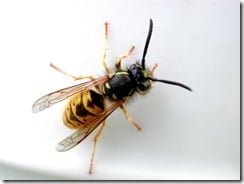Insects
Bumblebees
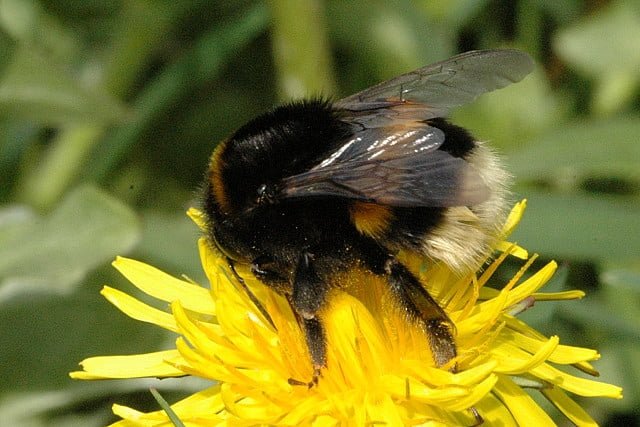
The slow, lazy buzz of the bumblebee is a fundamental part of the Irish summer. These fat, furry, ponderous bees trundle from flower to flower, collecting pollen and nectar to support their growing colony. They liven up the summer garden, and provide an invaluable pollination service to the plants they….
Brimstone Butterfly (Gonepteryx rhamni)
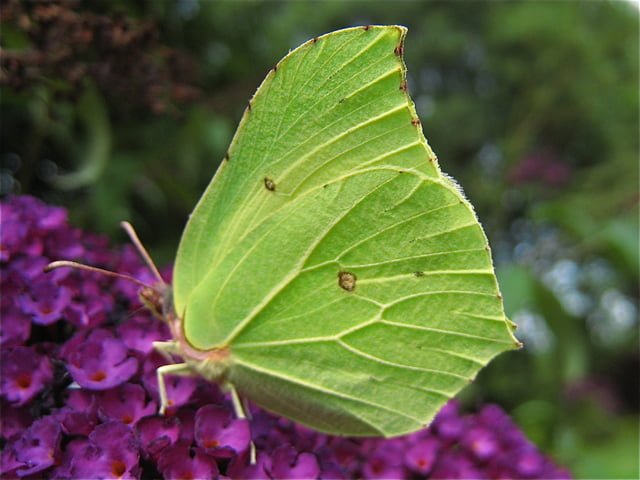
The butter-yellow wings of the male brimstone are a true herald of spring, and are credited by some as the inspiration behind the word “butterfly”. These pretty yellow butterflies are quite common, especially around open woodland, and are often the first butterflies to be seen in spring. Brimstones emerge from….
Common Field Grasshopper (Chorthippus brunneus)

The chirping of grasshoppers is a familiar sound from Irish meadows and roadside verges during the summer months. Undoubtedly contributing its song to this chorus is the Common Field Grasshopper, which is one of our most common and widespread grasshopper species. It is found throughout Ireland, although it does becomes….
Common Earwig (Forficula auricularia)
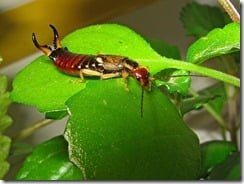
Earwigs really don’t deserve their bad reputation. The name earwig is derived from the old English ‘earwicga’ which means ‘ear beetle’. These harmless little insects are plagued by the perpetuation of an age-old superstition that earwigs crawl into the human ears at night and burrow into the brain to lay….
Holly Blue (Celastrina argiolus)
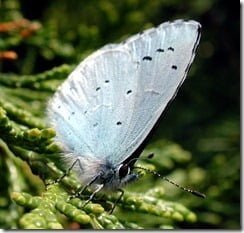
The holly blue is a tiny blue butterfly that has a scattered distribution around Ireland. It is largely confined to the relatively scarce patches of native woodland that still support both holly and ivy. It is also found in urban and suburban gardens or parkland where these plants feature prominently…..




